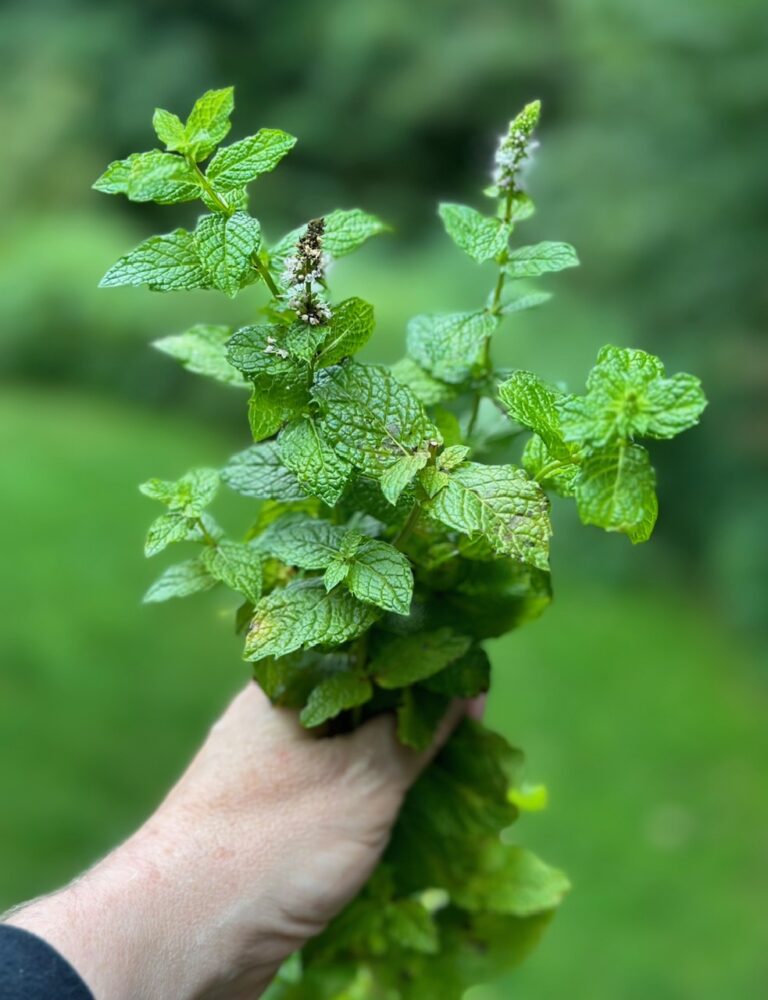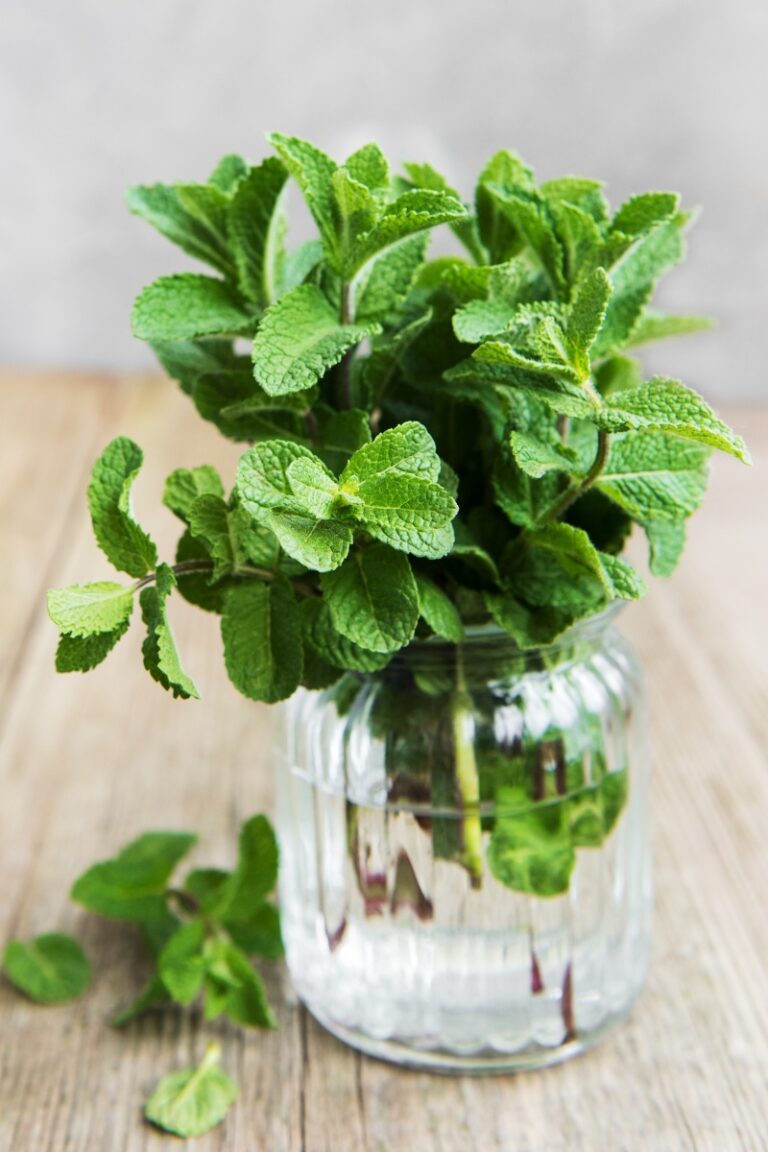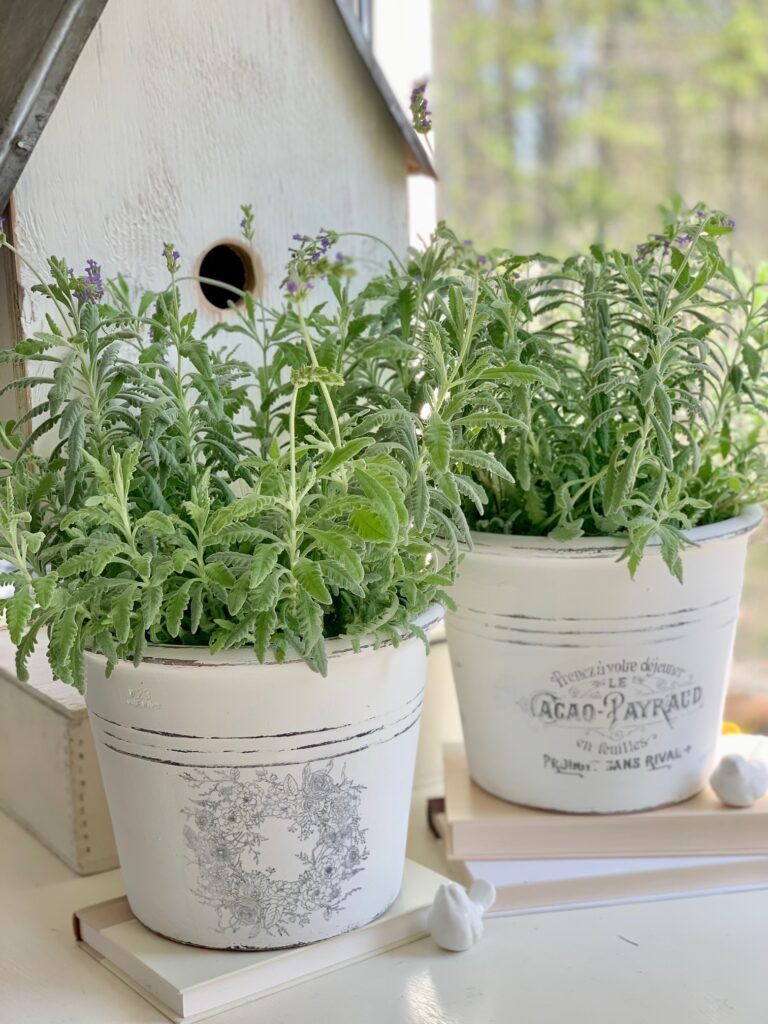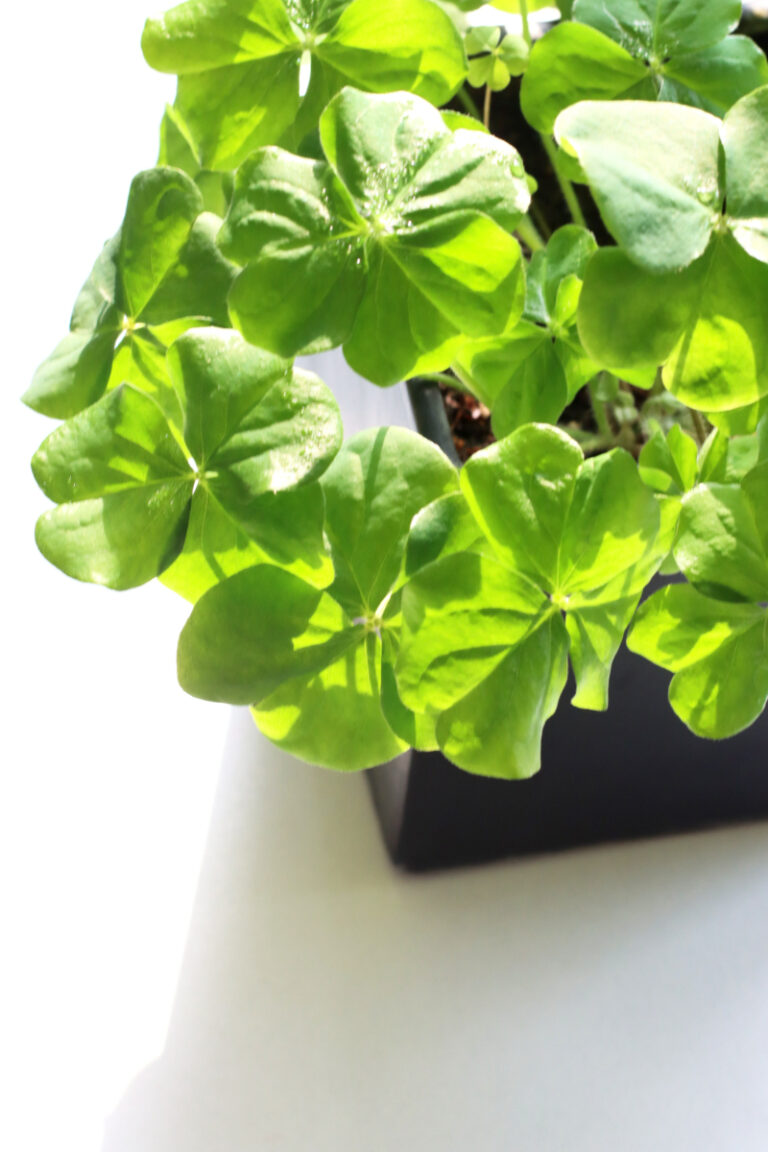Is Basil a Perennial Herb?
I can’t imagine not always having some fresh basil within easy reach to toss in marinara sauce, homemade pesto, or my addiction that is Caprese salad! That flavorful little leaf has secured permanent real estate in my indoor herb garden for its beauty and convenience. But is Basil a perennial or an annual herb?
In outdoor gardens in Massachusetts, located in the northeastern United States, the bright green flavorful basil unfortunately stops producing leaves come frost season.While most basils aren’t naturally cold hardy perennials, with some strategic planning this MVP of culinary herbs can thrive year-round! Through preservation tricks, season extenders, or sprouting new plants indoors, you can ensure recipes never lack that fresh sweet garnish and you have a constant supply of this delicious herb. Let’s explore achieving basil permanence beyond its typical brief glory season!

Demystifying Perennials
Before we dive into keeping basil around, let’s quickly define perennials. These simply refer to garden plants that endure at least three seasons or years before naturally dying off. Many perennial varieties like rosemary form deep roots allowing their feathery leaves to reemerge vigorously each spring without needing to be replanted repeatedly.
Whereas delicate annuals sprout from new seeds yearly, hardy warriors like sage power through multiple frosts once established. That staying power means less work replenishing the same beloved greenery and herbs season after season!
Common resilient perennial plants include fragrant lavender, robust oregano, resilient chives, and more. But does our flavorful friend basil make the hardy herb crew? Let’s uncover more next on that pressing question!

So Is Basil a True Perennial?
While I wish I could claim basil possesses the rugged survival skills of other wintertime herbs, unfortunately most types grown for culinary use are decidedly tender annuals even in mild climates. Being native to sultry tropical Asian and African regions, that coveted foliage withers rapidly in chillier zones. Once temperatures plunge, you can kiss that flavorful foliage goodbye!
I say “most” types referring chiefly to the Ocimum varieties we season caprese salads and pesto with. There is however one outlier called wild basil (Clinopodium vulgare) that has adapted heartiness lasting through winters as frigid as Zone 4 with some protection. But its minty qualities diverge from traditional basil’s signature warmth with hints of anise.
So for traditional full, sweet flavor in traditional recipes, some strategic growing interventions are needed for best homegrown results. Let’s uncover tricks for outsmarting basil’s frost sensitivity next!

Stretching the Basil Season
Since most basil varieties resent cold toes, our best defense is getting a jumpstart cultivating early abundance…then shielding our precious herbs against the impending winter menace.
Starting basil seeds indoors near sunny windows about 4-6 weeks before the final expected spring frost date gives you a jumpstart on the season. This early spring head start allows the seedlings to develop into lush, leafy young plants ready to be transplanted outdoors after the cold weather and the danger of frost has passed. And getting established plants in the ground earlier means you can begin harvesting full-flavored leaves well ahead of peak growing times. The added bonus – beating pests to the bounty before bug pressure ramps up in midsummer!
As cooler nights threaten, Use protective covering fabrics like row covers or DIY cloches as barriers against light frost. Trapping protective warmth is the easiest way to keep plants happy for weeks of bonus growth. Frequently harvesting all season long also signals more leaf production ahead. With proactive protection measures, you can harvest basil weeks longer than nature might otherwise allow.

Growing Basil Year-Round
As temperature drop outside, transporting plants onto sunny indoor window sills maintains productivity so pasta sauces includes it’s favorite herb. Using wide, drainage-equipped containers allows ample room for root and leafy growth fueled by loose, fertile soil types.
Aiming for at least 6 hours of direct sunlight keeps plants robust. Where natural light lacks, supplementing with adjustable grow lights prevents lanky reach. Location versatility expands by planting directly into mason jars filled with nutrient solutions rather than soil too!
In pots, monitor moisture levels so beloved basil stays happily hydrated but never waterlogged in well-drained soil. As with us, steady favorable conditions keep inner green thumbs thrumming along! With ideal indoor TLC, harvest homegrown goodness straight through winter.

Preserve the Basil Bounty
When bounty overflows, prolong savoring lush leaves’ flavor through freezing and drying. Gently blanching whole leaves for 30 seconds before open air flash freezing retains vibrant color and texture once thawed for sauces down the road.
For drying, quick low oven or dehydrator sessions prevent the discoloration risks of slow air drying. Fickle basil browns easily when hung to desiccate too slowly. Once bone dry and crispy, crumble leaves into airtight jars for shaking onto homemade pizza or focaccia for months to come.
Properly stored frozen basil leaves keeps beautifully up to a year while dehydrated varieties maintain maximum potency around 6 months. Either way, prevent waste by locking in that beloved essence of summer green goodness when abundant! Both preserve options please palates all winter long.

Repurpose End of Season Plants
As beloved plants transition to the great windowsill in the sky, honor their legacy by collecting fallen seed heads or snipping stem cuttings to sprout anew next season. Basil may occasionally self-sow where seeds dropped, though offspring aren’t guaranteed.
By intentionally gathering and storing ripe seeds from the healthiest specimens in labeled envelopes, you direct desired genetics for future robust generations. Or take 5-6 inch trimmings below leaf nodes to root for clones matching mature plants’ heartiness.
Basil lives on through such simple propagation projects! Resurrect mini plant doppelgängers rather than fully replanting next year. Quick at home seed saving and cutting adventures means one season flows seamlessly to another with minimal loss.

Frequently Asked Questions for “Is Basil A Perennial Herb?”
There are several varieties of basil. For good culinary basil you may want to try Thai basil, Holy basil, African blue basil, cinnamon basil, or lemon basil. Though basil acts as an annual plant in cooler climates, these tender perennials thrive indoors in pots year-round for almost constant harvests of delicious leaves.
Basil’s aromatic and antibacterial properties make it ideal for household products. You can use fresh basil leaves or basil essential oil to create homemade air fresheners, as demonstrated in our Basil Air Freshener post. Basil’s clean scent is perfect for cleaning solutions, offering a natural alternative to synthetic fragrances while keeping your home smelling fresh and clean.
Perennial herbs like Genovese basil require at least 8 hours of full sun daily, whether in a sunny window or under a grow light. Use well-drained potting mix and avoid cold drafts. Daytime temperatures of 70-80°F suit most Ocimum basillicum varieties originating from tropical Southeast Asia.
Take stem cuttings in late summer to propagate new basil plants just before frost finishes the parent plant. Removing flower heads prevents seed production that ends the plant’s life cycle. Starting new clones along with sprouted seeds next spring provides a perpetual plate garnish!

Even as summer’s last outdoor basil plants perish in the cold, you can enjoy fresh leaves all year! Through harvesting cuttings to propagate new clones indoors before frost, along with collecting seed heads for future regrowth, it just takes planning to continue savoring that signature flavor. Soon enough the next generations offer their first leaves, and treasured varieties can live on each spring. While most culinary basils technically qualify as annuals, with resourceful care we can sustain their presence as a steady kitchen staple in spite of cold climates.
Basil has so many versatile culinary uses, so for any foodie like me reluctant to lose that fresh flavor once the garden goes dormant at first frost, a good idea is to overwinter cuttings on a sunny window sill. With this simple propagation trick, we can enjoy this annual favorite as a kitchen staple year-round, even in chilly climates denying most herbs their typical longevity. Here’s to always having basil within arm’s reach!







